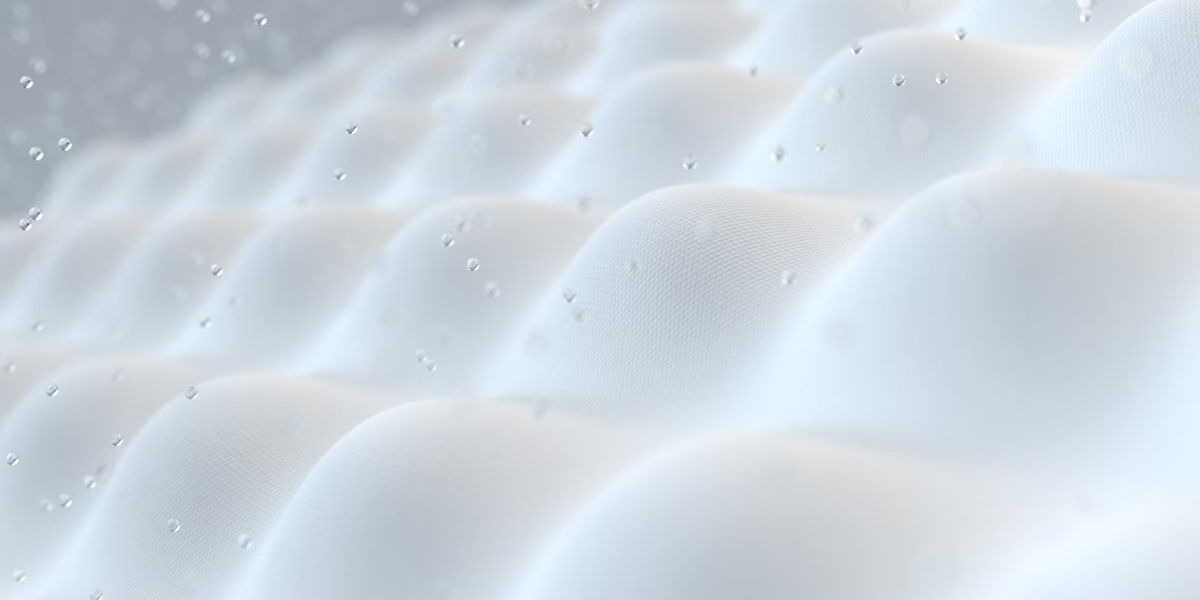As technology steadily becomes ubiquitous amongst us, it permeates even the most mundane aspects of our lives; One such example is the advent of 'smart fabrics.' But what are smart fabrics? In its simplest guise, smart fabrics, also referred to as e-textiles, have digitally enhanced capacities that take clothing beyond its typical realm - warmth and modesty.
Smart Fabrics Explained
Smart fabrics represent a new frontier in wearable tech, marrying the traditional elements of textiles, that we've known for centuries, with the innovative capabilities of contemporary digital technology. Whether we’re talking about a tuxedo embedded with tiny processors that yap away with your smartphone, or workout clothes that monitor your health stats and even help you cool down or warm up; these specialized textiles are shaping the future of fashion and beyond, one stitch at a time.
Using specially engineered textiles integrated with sensors and other tech-bound parts, these intelligent fabrics are designed to collect data from their immediate environment or the person wearing them. This data is then used for a variety of functions ranging from health monitoring to adaptive heating or aesthetics.
This dynamic shift towards smart textiles underpins much more than a fashion statement. From healthcare to automotive, sports and fitness, home interior, military, and even aerospace, smart fabrics are revolutionizing how we interact with our environment and how our clothes serve us.
Benefits of Smart Fabrics
When we discuss the benefits of smart fabrics, we take a leap into the realm of functionality, environment-adaptive behaviour, and slow fashion. One of the most paramount benefits of smart textiles is their ability to break away from the traditional cycle of producing, consuming, and disposing of fashion items. Here, too, the lines between technology and textiles become even more blurry, making way for a new wave of tech-embedded slow-fashion - a solution that is both chic and eco-friendly.
The benefits of smart fabrics are seen to cut across a number of fields. In the sports and fitness sector, for instance, intelligent textiles that absorb or wick away sweat can enhance athletes' performance and comfort. By infusing fabrics with silver nanoparticles, researchers have also enabled them with antimicrobial properties, providing an ideal solution for both healthcare and sportswear.
From a healthcare perspective, smart fabrics can provide a groundbreaking and non-invasive way of keeping tabs on patients' vital signs or even the healing process of wounds. In fact, these smart textiles promise huge strides in facilitating the elderly care and helping those suffering from chronic illnesses manage their conditions more effectively, envisaging a future where healthcare is undeniably wearable.
What are Smart Fabrics?
Smart fabrics, also known as smart textiles, are materials designed with new and innovative technologies incorporated directly into their fibers or woven in. Much like the smartphone transformed the way we communicate and gather information, smart fabrics have the potential to revolutionize numerous fields – from fashion and fitness to medicine and technology.
They can sense and react to a range of stimuli such as temperature, mechanical force, electricity, magnetism, or chemicals. Think about a fabric that could change color based on temperature, or textiles capable of monitoring your heart rate or physical performance - these are just some examples of what these intelligent materials can achieve.
Each smart fabric includes two integral components: a sensing element and a reacting element. The sensing element perceives changes in the surrounding environment and the reacting element responds to the perceived changes. These responses could be visual, like a change in color, or could result in an interaction with the connected device. Much like computers and smartphones, smart fabrics can be designed to communicate data, including information about the wearer's body like heart rate, body temperature, and much more.
Benefits of Smart Fabrics
The benefits of smart fabrics extend far beyond just novelty and fashion. As the textiles industry becomes increasingly intertwined with technology, the potential for these intelligent materials seems limitless. Here are some primary benefits:
1. Improved Athletic Performance
For athletes and fitness enthusiasts, smart fabrics offer a new level of analysis for performance and training. Fabrics that are woven with sensors can provide real-time data on heart rate, speed, muscle contraction, and more. This allows athletes to refine their technique, preempt injuries and optimize training routines. Some smart fabrics are even designed to cool or heat the body depending on the user's body temperature or outside weather conditions.
2. Enhanced Healthcare and Wellness
In the healthcare sector, smart fabrics offer a variety of applications from monitoring vital signs and body functions to creating more comfortable hospital gowns. For example, a smart textile pillow could monitor sleep patterns and quality, while a smart fabric shirt could keep track of a user's heart rate and blood pressure to detect irregularities over time.
3. Revolutionary Fashion Possibility
Smart fabrics are also changing the game in fashion by creating clothing and accessories that are not only stylish, but also interactive. Designers now have the opportunity to create apparel that can change color or pattern on the fly – just imagine a shirt that changes color according to your mood, or a handbag that reveals a different pattern depending on the time of day.
Overall, smart fabrics are undeniably an exciting development in both the technology and textiles industries. As they continue to evolve and mature, we can expect to see more adoption and innovative uses of this technology across various sectors, from healthcare to fashion and beyond.




